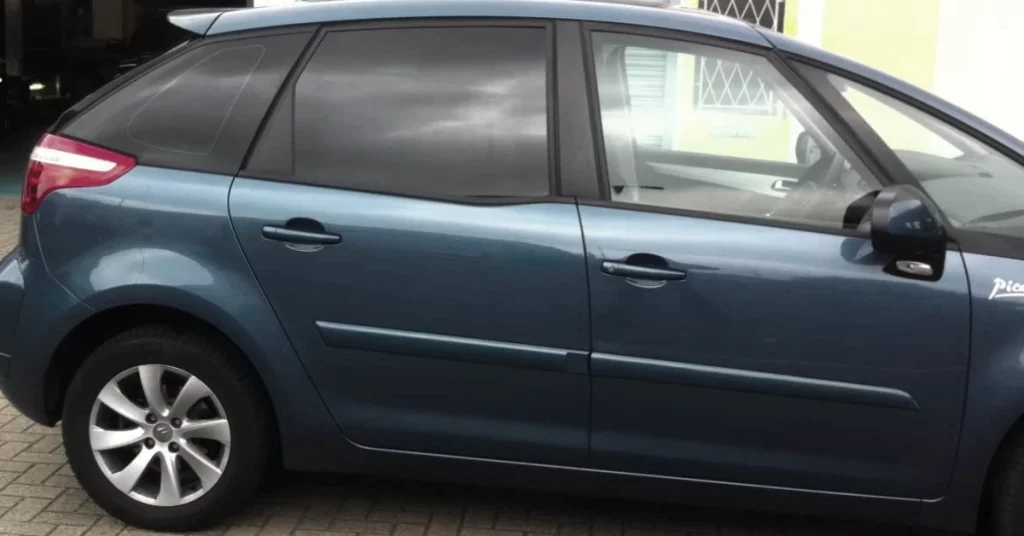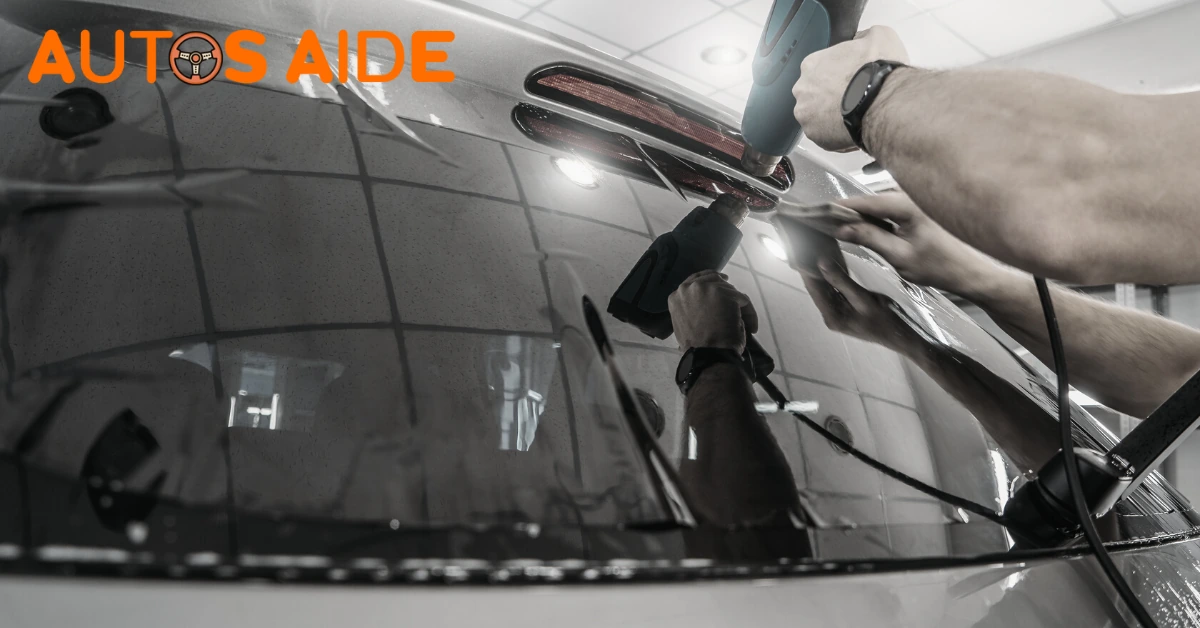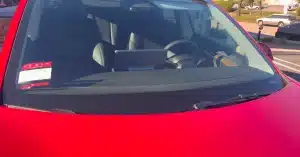Tints can add to the glamor and practicality of your car. So, getting your car windows tinted is a great idea! But do you have to go totally dark when using tints on your car? Can you find a balance somewhere between light and dark tints? I’ll try to answer these questions in my medium tint vs. dark tint breakdown.
Read More: Suntek Tint vs. 3M
Medium Tint vs. Dark Tint
Is there a better option to be had between medium and dark tints? No, there is no universal answer to this question. For some users, it’s impossible for them to picture window tints without a full-on blackout look. Others might prefer a bit more light inside their car.
So, I won’t tell you which is good or which is not. What I will do, however, is discuss the advantages and disadvantages both of these two tints bring to the table. Afterward, you should be able to choose on your own.

Medium Tint
What do we mean when we say medium tint? Usually, tint percentages ranging from 30% or 35% to 50% are considered medium tint. The specialty of these tints is the fact that they serve as a buffer between light and dark tints. They are not overly dark, and neither are they too light. Medium tints should be the perfect blend of cosmetics and practicality.
Let’s start with privacy. You will not go invisible sitting behind medium-tinted windows, but you will not be clearly recognizable. Your silhouette will be seen from close range under sufficient light. In 30%-35% tints, the shade is almost as dark as dark tints. The ones with the higher tint percentage are clearer, but they won’t leave you completely exposed.
The UV ray deflection is more or less the same in dark and medium tints. Both will send 99% of ultraviolet rays back into the atmosphere. Medium tints don’t lag far behind in heat reduction as well. Darker tints have higher TSER (Total Solar Energy Rejected) numbers. But medium tints also come with a commendable TSER range.
Medium tints are clear winners in the visibility aspect. You will have a much superior field of vision because of the high percentage of light that gets into the car. Because of it’s lighter tint surface, it will be less reflective of light. So it will cause less glare on the outside.
In simpler terms, medium tints are safer for both you and other drivers on the road. Dark tints prevent glare from coming in, but it generates more glare on the outside since it reflects more light. So, it could be dangerous for drivers coming at you from the opposite direction.
Medium tints are legally approved almost all across the United States. The ones with the lower tint percentages, like the 30%, are prohibited in certain territories. But in most US states, you can drive with medium-tinted windows without breaking the law.

Read More: XPEL vs. 3M Window Tint
Dark Tint
Tint percentages below 30% are classified as dark tints. The primary appeal of dark tints is the pitch-black windows that hide the passengers and give the car a stylish, Stygian look. Since black windows go with all color tones, it’s a safe aesthetic upgrade for the car.
Looking through dark tinted windows is impossible regardless of the surrounding light conditions. While dark tints do keep the passengers out of sight of strangers, I must point out that dark tints draw unwanted attention to the car. Since people can’t see what’s going on behind the windows, it will make them extra curious.
That said, dark tints can also prevent potential burglars from breaking into your car. Since the tint will block their view totally, they will hesitate to take the risk of breaking in and finding nothing worth stealing.
But darker tints will also get you into legal trouble. Police can ask you to pull over and take off the film. You might also get fined a hefty amount. Anything below the 30% mark is barely legal in the US.
Final Opinion
So, what did you decide after reading my medium tint vs dark tint analysis? The medium tint sounds more pragmatic choice overall, but the allure of dark tints can be irresistible for some. I don’t blame car owners who want to go for limo tints and other darker shades, but I must warn them of the legal pitfalls.





